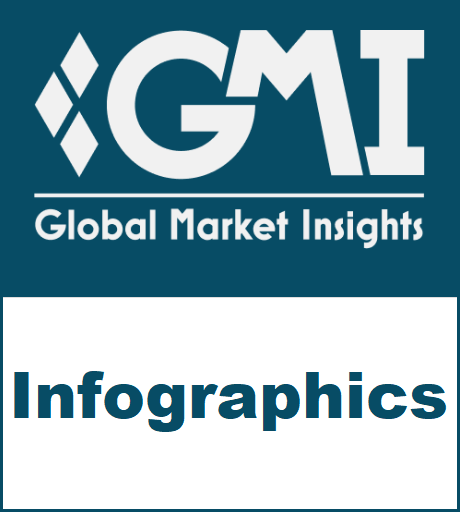Home > Pressrelease > Foam Blowing Agents Market size worth $1.1 billion by 2024
Foam Blowing Agents Market size worth $1.1 billion by 2024
- Published Date: January 19, 2017
As per a new research report by Global Market Insights Inc., the Foam Blowing Agents Market size is set to reach USD 1.1 billion by 2024; Strong growth indicator in these abovementioned end-user industries will positively influence the industry size over the estimated timeframe.
The polymer foam business was more than 1.9 million tons for 2015 and will cross 2.9 million tons by 2024. Foam blowing agents are majorly used in polymeric materials such as PU foam, with diversified foam applications in packaging, automotive, construction, and furniture industries. For instance, the global automotive production, including both personal and commercial vehicles, was approximately 90 million units in 2015.
Strong residential & commercial spending trends along with positive infrastructure outlook has driven flooring and furnishing material usage. For example, the global construction spending by 2024 is likely to exceed USD 13 trillion. PU and polystyrene foam blowing agents market was valued over USD 450 million in 2015. PU foam will exhibit significant growth rate among all the application segments, due to increasing demand from automobile and interior decoration.
Packaging industry and medical devices are other evolving application avenues. Medical device industry, valued at over USD 300 billion, for 2016 has seen an upsurge in international trade mainly due to increasing consumer awareness along with rising expenditure towards health. This opens up opportunities for the foam blowing agents market, particularly for packaging during transit.
Browse key industry insights spread across 110 pages with 144 market data tables & 13 figures & charts from the report, “Foam Blowing Agents Market By Product (Hydrocarbons, Hydrofluorocarbons [HFC], Hydrochlorofluorocarbons [HCFC]), By Application (Polyurethane, Polystyrene, Polyolefin), Industry Analysis Report, Regional Outlook, Growth Potential, Price Trends, Competitive Market Share & Forecast, 2016 – 2024” in detail along with the table of contents:
https://www.gminsights.com/industry-analysis/foam-blowing-agents-market
Polyolefins is the next upcoming segment that will drive global foam blowing agents market size by 2024. Polyolefins has witnessed an increasing adoption in packaging industry for shock absorbent product packing. The segment generated more than USD 90 million in 2015 and will register significant growth during the forecast period.
Hydrocarbons accounted for more over 50% of the global market share in 2015 and is projected to expand at over 7% CAGR through 2024. Increasing product usage in polyurethane foam, which finds widespread applications across end-user industries including appliances, flooring, furnishing, automotive and construction will positively influence the foam blowing agents market growth in the near future.
Asia Pacific accounted for substantial demand in 2015 with nearly 50% foam blowing agents market share. Improving medical infrastructure across India and China makes APAC a high growth potential region in the coming years. Regional revenue is likely to cross USD 550 million by 2024 on account of robust automotive production and sales growth due to improved consumer lifestyle dynamics.
U.S. could be valued at more than USD 100 million by 2024. Well-established healthcare industry, consumer awareness regarding medical devices and improved living standards are the factors favoring market demand.
In 2015, the global foam blowing agents industry share was consolidated. The key industry players accounted for more than half of the market share. Some of the major industry contributors are AkzoNobel N.V., Haltermann GmBH, Honeywell International Inc., Solvay S.A., Exxon Mobil Corporation, Sinochem Group, ZEON Corporation, Daikin Industries Ltd, Arkema S.A., E. I. du Pont de Nemours and Company. Major companies the industry have multiple presence across various stages of the value chain, which makes the industry highly competitive.
Explore More on Related Topics:
Infographics
